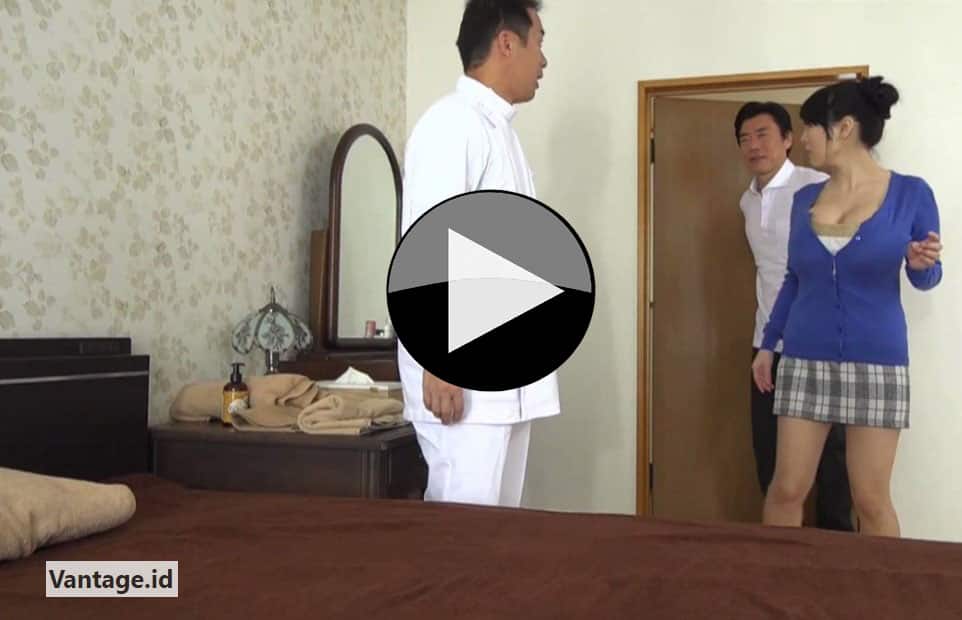Allophone students in middle schools are facing overwhelming numbers and overloaded UPE2A classes, according to a report by SNES-FSU. The report reveals that 75% of allophone students are welcomed in UPE2A classes, which are specifically designed to support students who are learning French as a second language. However, these classes and resources are being put to the test due to the high demand.
The report also highlights the changes in the situation compared to the previous year. While there has been a slight improvement in the waiting times for students to start school, the waiting times still remain a concern. In middle schools, only 53.3% of students started school within 15 days of their arrival, compared to 52% the previous year. Alarmingly, 12% of middle school students had to wait for more than three months, and 2.4% had to wait for more than a year before starting school.
The overall number of allophone students has increased by 23% despite the limited availability of open classes. This has resulted in alarming numbers in some areas, such as one UPE2A class in the Nice academy having almost 40 students. Additionally, 12% of students are hosted in UPE2A-NSA, indicating that they have not been previously schooled.
The report also highlights major territorial disparities in the share of allophone students between different academies. For example, Mayotte and Guyana have a higher percentage of allophone students compared to the national average. The arrival of Ukrainian refugees has also led to a doubling of allophone students in academies such as Nice, Normandy, Besançon, Dijon, and Strasbourg. On the other hand, some areas like Hautes-Alpes, Alpes-de-Haute-Provence, and Mayenne have a very low percentage of allophone students, which poses challenges in terms of distance between the place of schooling and place of residence.
The report also addresses the issue of welcoming Ukrainian students following the invasion of Ukraine by Russia. A special system has been put in place to facilitate their integration, allowing families to directly contact the closest establishment without going through the CASNAV (Academic Center for the Reception of New Arrivals). As a result, UPE2A classes and schemes have experienced significant overruns in numbers, particularly in academies with a high number of arrivals.
The report emphasizes the importance of the staff on the ground in accommodating allophone students, who often come from precarious economic situations. It calls for the involvement of the State in creating UPE2A classes throughout the country and providing training for staff to ensure suitable reception for all allophone students.
How can educational authorities increase the number of UPE2A classes and provide additional resources to support allophone students?
Re than 30 days before starting school, a significant increase from the previous year’s 9%.
The increase in demand for UPE2A classes can be attributed to the rise in the number of allophone students in France. These are students who have a native language other than French and are still learning the language. This influx of allophone students puts a strain on the resources available in UPE2A classes, leading to overloaded classrooms and limited attention for each student.
The report by SNES-FSU sheds light on the struggles faced by these students and the urgent need for more support. Additionally, it points out that the current waiting times for students to start school are far from ideal. Delayed access to education can significantly impact a student’s learning and integration into the school system.
The report calls for swift action from educational authorities to address this issue. It suggests increasing the number of UPE2A classes, providing additional resources to support allophone students, and implementing strategies to reduce waiting times for school enrollment.
Addressing this issue is crucial not only for the academic development of allophone students but also for their overall well-being and integration into the French society. By providing adequate support and reducing waiting times, these students can have a smoother transition and better educational opportunities.
It is essential for educational institutions and policymakers to recognize the importance of effectively supporting allophone students in their educational journeys. With the necessary resources and timely access to education, these students can thrive and contribute positively to their communities.



This article sheds light on the challenges that allophone students face in the education system and the measures taken to address these issues. It is crucial to prioritize equal access to quality education for all students, regardless of their language background.